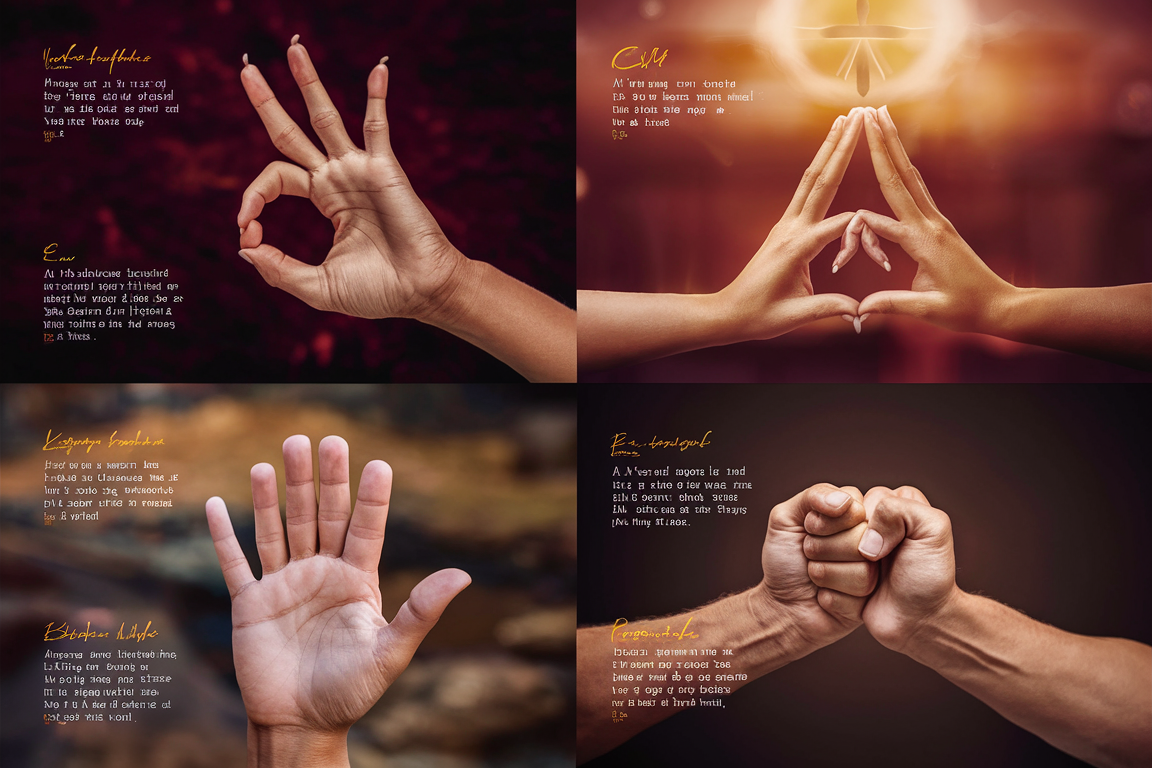Hand gestures play a crucial role in human communication, and their integration into artificial intelligence (AI) has opened new possibilities in user interaction. AI systems can now interpret hand gestures for applications like gaming, virtual reality, sign language translation, and touchless interfaces. In this article, we’ll explore how to describe hand gestures effectively for AI generators, ensuring accurate interpretation and implementation in various use cases.
Why Hand Gesture Descriptions Are Important for AI
Enhancing Human-Computer Interaction
Hand gestures provide a natural way to interact with AI systems, bridging the gap between human intent and machine understanding. Precise descriptions of gestures help AI systems recognize and process commands effectively.
Supporting Diverse Applications
From controlling smart devices to enabling accessibility for people with disabilities, accurate gesture descriptions empower AI to serve a wide range of functions.
Training AI Models
Hand gesture descriptions are critical for creating datasets used to train AI models. Detailed and standardized descriptions ensure better model performance and reliability.
Elements of a Hand Gesture Description
To create effective hand gesture descriptions, consider the following key elements:
1. Hand Position
- Specify whether the hand is raised, lowered, or at chest level.
- Describe the orientation (e.g., palm facing up, down, or sideways).
2. Finger Configuration
- Detail the positioning of each finger (e.g., extended, curled, or pointing).
- Indicate whether fingers are spread apart or held together.
3. Motion and Dynamics
- Include information about any movement (e.g., waving, flicking, or circling).
- Note the speed and direction of motion.
4. Context and Purpose
- Define the intended meaning or purpose of the gesture (e.g., stop, come here, or okay).
5. Two-Handed Gestures
- For gestures involving both hands, describe their relative positions and synchronization.
Categories of Hand Gestures for AI Generators
1. Static Gestures
These involve a fixed hand position and configuration without movement. Examples include:
- Thumbs Up: Palm facing inward, thumb extended upward, fingers curled into a fist.
- Victory Sign: Palm facing forward, index and middle fingers extended to form a V shape, other fingers curled.
2. Dynamic Gestures
These involve motion or changes in hand configuration. Examples include:
- Waving: Hand raised, palm facing outward, moving side to side.
- Air Drawing: Index finger extended, drawing shapes or symbols in the air.
3. Symbolic Gestures
These convey specific meanings, often culturally defined. Examples include:
- Peace Sign: Similar to the victory sign, commonly associated with peace.
- Okay, sign: thumb and index finger forming a circle, remaining fingers extended.
4. Functional Gestures
These are used for direct interaction with devices or virtual interfaces. Examples include:
- Pinching: The thumb and index finger are brought together to simulate zooming or selection.
- Swiping: Hand moved laterally to indicate scrolling or switching.
Steps to Describe Hand Gestures for AI Generators
Step 1: Define the Gesture
Begin by naming and categorizing the gesture (e.g., static, dynamic, symbolic, or functional).
Step 2: Detail the Hand Position
- Indicate the hand’s orientation and height relative to the body.
- Specify whether one or both hands are used.
Step 3: Describe Finger Configuration
- List the position of each finger (e.g., curled, extended, or spread).
- Mention notable features, such as a circle formed by the thumb and index finger.
Step 4: Include Motion Characteristics (if applicable)
- Specify the type of motion (e.g., waving, tapping, or swiping).
- Describe the speed, direction, and duration of the motion.
Step 5: Provide Context
- Explain the meaning or purpose of the gesture (e.g., greeting, approval, or navigation).
- Include any cultural or situational relevance.

Examples of Hand Gesture Descriptions
Example 1: Thumbs Up
- Hand Position: Right hand raised to chest level, palm facing inward.
- Finger Configuration: Thumb extended upward, other fingers curled into a fist.
- Motion: None (static gesture).
- Context: Indicates approval or agreement.
Example 2: Waving
- Hand Position: Right hand raised above shoulder level, palm facing outward.
- Finger Configuration: Fingers extended and slightly spread.
- Motion: The hand moves side to side in a horizontal arc.
- Context: Used as a greeting or farewell.
Example 3: Pinching Gesture
- Hand Position: Right hand held at waist level, palm facing upward.
- Finger Configuration: The thumb and index fingers were brought together, and the other fingers were slightly curled.
- Motion: Thumb and index finger move closer and apart repeatedly.
- Context: Simulates zooming in or out on a touchscreen interface.
Challenges in Describing Hand Gestures for AI
1. Ambiguity
Different cultures may interpret the same gesture differently, leading to potential misunderstandings.
2. Complex Movements
Describing intricate or rapid movements accurately can be challenging.
3. Two-Handed Gestures
Synchronizing the descriptions of both hands requires additional precision.
4. Dynamic Gestures
Capturing the nuances of motion, such as speed and direction, demands detailed observation and articulation.
Tools for Creating Hand Gesture Descriptions
1. Motion Capture Systems
Tools like Leap Motion and Kinect can record and analyze hand movements for precise descriptions.
2. 3D Modeling Software
Software like Blender or Unity can help visualize and document gestures in three dimensions.
3. Annotation Tools
Platforms like Labelbox or CVAT enable users to annotate and label gesture data for AI training.
Best Practices for Describing Hand Gestures
- Use Standard Terminology: Stick to widely accepted terms to ensure consistency.
- Be Detailed and Specific: Include all relevant information, such as finger positioning and motion dynamics.
- Provide Visual References: Supplement descriptions with images or videos for clarity.
- Test Descriptions: Validate your descriptions by having others replicate the gestures based on your instructions.
Applications of Hand Gesture Descriptions in AI
1. Gaming and Virtual Reality
Hand gestures allow players to interact with virtual environments seamlessly, enhancing immersion.
2. Sign Language Translation
AI can interpret sign language gestures and convert them into text or speech, promoting accessibility.
3. Touchless Interfaces
Gestures enable users to control devices without physical contact, ideal for hygiene-sensitive environments.
4. Augmented Reality (AR)
Hand gestures are used to manipulate virtual objects in AR applications, blending the real and digital worlds.
Conclusion
Describing hand gestures for AI generators requires a careful balance of precision, context, and clarity. By understanding the elements of a gesture and following standardized steps, you can create detailed descriptions that improve AI recognition and functionality. Whether for gaming, accessibility, or touchless interactions, hand gestures represent a powerful tool in advancing human-computer interaction. With accurate descriptions, the potential of gesture-based AI applications is virtually limitless.

